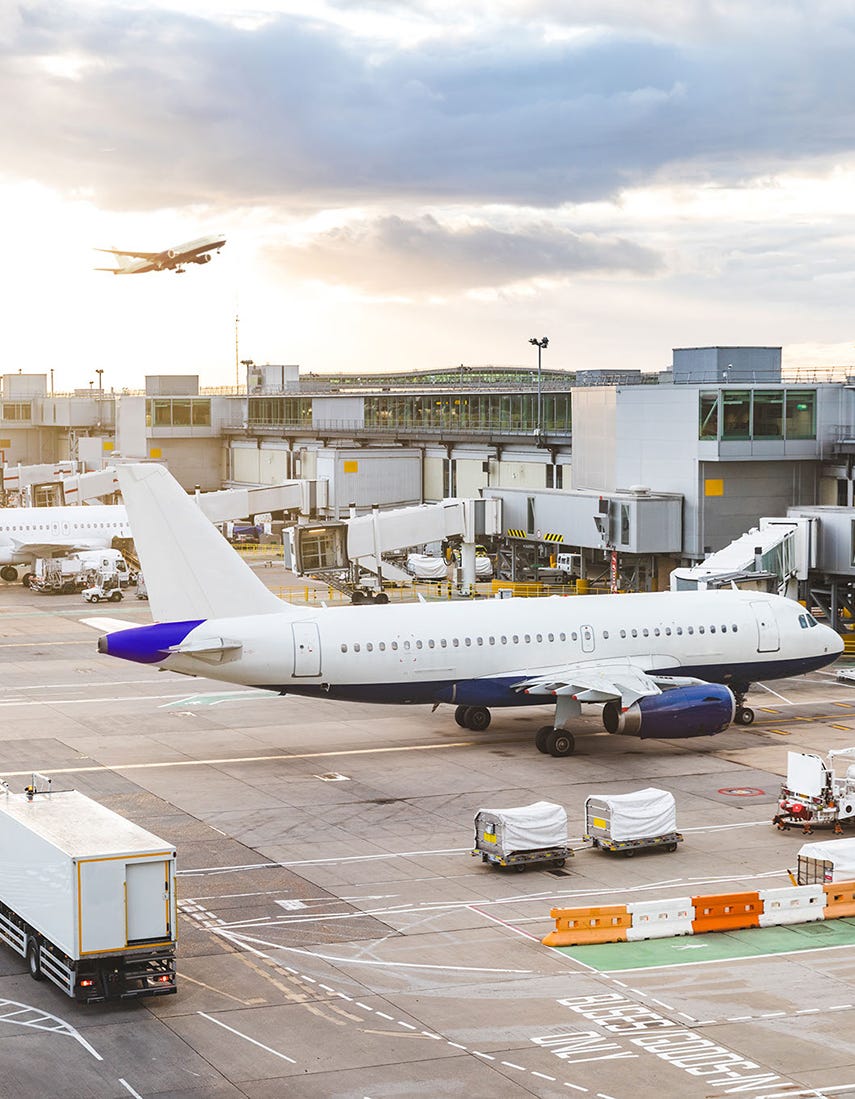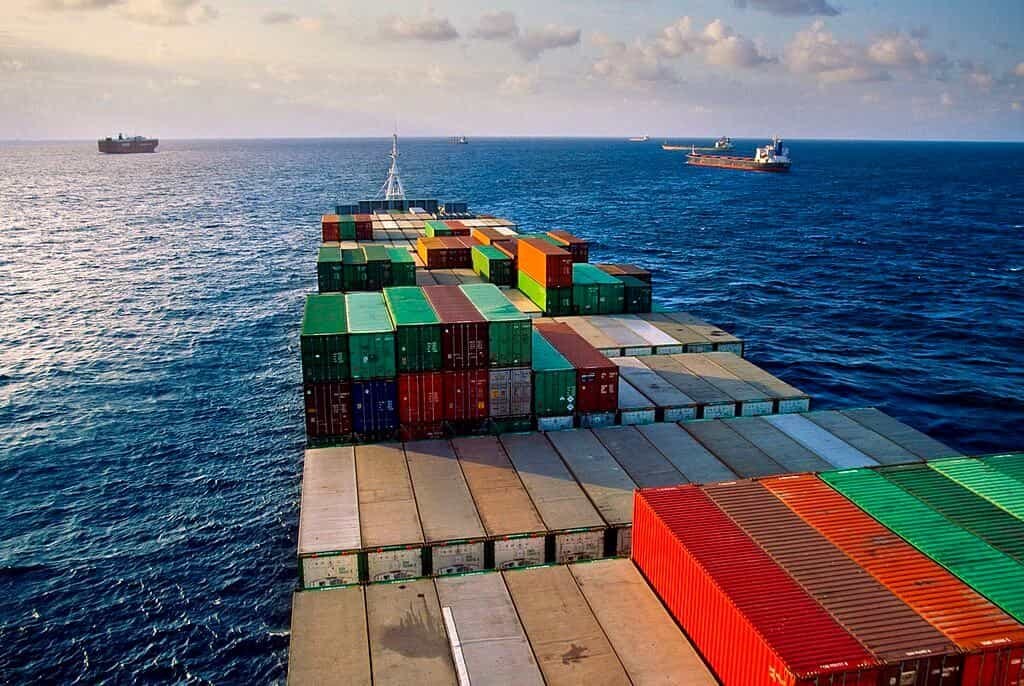In today's fast-paced world, where travel has become an integral part of our lives, safety is a paramount concern. With numerous modes of transportation available, it is crucial to identify the safest option. This article aims to explore and unveil the epitome of safety in the modern world, answering the question: What is the safest transport in the world?
- Air Travel: The Unrivaled Champion of Safety
Air travel has long been regarded as the safest mode of transportation. With stringent safety regulations, advanced technology, and highly trained professionals, the aviation industry has achieved an unparalleled safety record. From rigorous maintenance checks to comprehensive pilot training programs, every aspect of air travel is meticulously designed to ensure passenger safety. - Railway Systems: A Testament to Safety and Efficiency
Railway systems have also emerged as a remarkably safe mode of transportation. With dedicated tracks, advanced signaling systems, and continuous monitoring, railways offer a high level of safety. Additionally, the implementation of safety features such as automatic braking systems and emergency response protocols further enhances passenger security. The integration of technology, such as predictive maintenance and real-time monitoring, ensures the smooth and safe operation of trains. - Maritime Travel: Navigating the Seas with Utmost Safety
Maritime travel, including cruises and ferries, has made significant strides in ensuring passenger safety. Stringent international regulations, such as the International Convention for the Safety of Life at Sea (SOLAS), govern the maritime industry. These regulations cover various aspects, including ship construction, emergency preparedness, and crew training. Additionally, the use of advanced navigation systems, life-saving equipment, and regular safety drills contribute to the overall safety of maritime travel. - Road Transportation: Innovations Driving Safety Forward
While road transportation poses inherent risks, significant advancements have been made to enhance safety. Vehicle manufacturers continually integrate innovative safety features, such as anti-lock braking systems (ABS), electronic stability control (ESC), and advanced driver-assistance systems (ADAS). Additionally, road infrastructure improvements, including better signage, traffic management systems, and dedicated cycling lanes, contribute to reducing accidents and ensuring safer journeys.
Conclusion:
In conclusion, the safest mode of transportation in the world encompasses various options, each excelling in different aspects of safety. Air travel stands as the unrivaled champion, with its stringent regulations and advanced technology. Railway systems, maritime travel, and road transportation have also made remarkable strides in ensuring passenger safety through continuous advancements and rigorous safety measures. Ultimately, the choice of the safest mode of transportation depends on individual preferences, destinations, and specific travel requirements.



